Optimal Timing for Wooden Cladding Replacement
Determining the optimal time for wooden cladding replacements depends on climate, weather conditions, and structural considerations. Proper timing ensures the longevity and performance of the new cladding, minimizing issues related to moisture and temperature fluctuations.
Spring and early summer are generally preferred due to milder weather and lower humidity, which facilitate installation and drying times.
Replacements should be avoided during periods of heavy rain, snow, or extreme cold, as these conditions can compromise the installation process and material integrity.
Temperatures between 10°C and 25°C (50°F to 77°F) are optimal for working with wooden cladding, ensuring proper adhesion and fastening.
Timing replacements before extreme weather seasons helps prevent future damage from moisture intrusion or temperature stress.

Ways to make Wooden Cladding Replacements work in tight or awkward layouts.
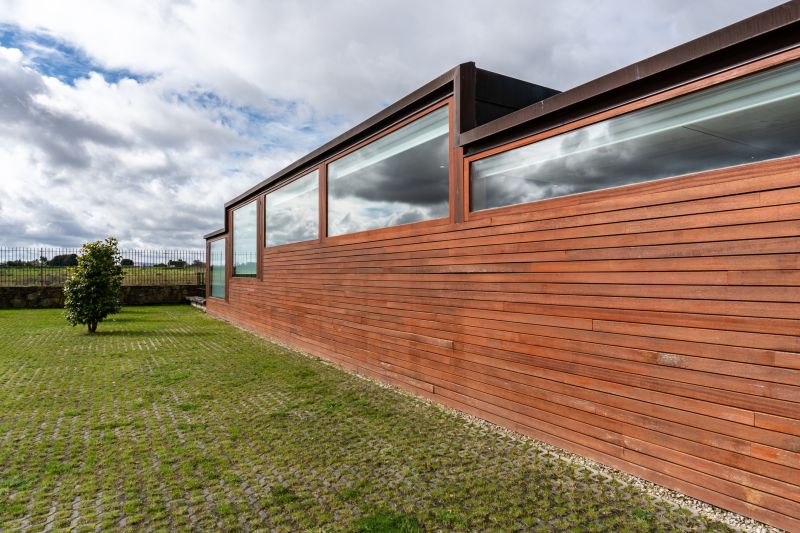
Popular materials for Wooden Cladding Replacements and why they hold up over time.
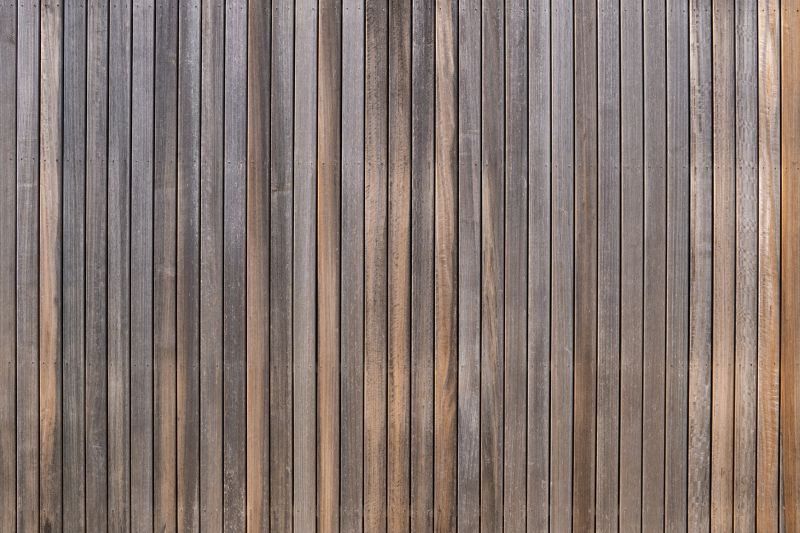
Simple add-ons that improve Wooden Cladding Replacements without blowing the budget.
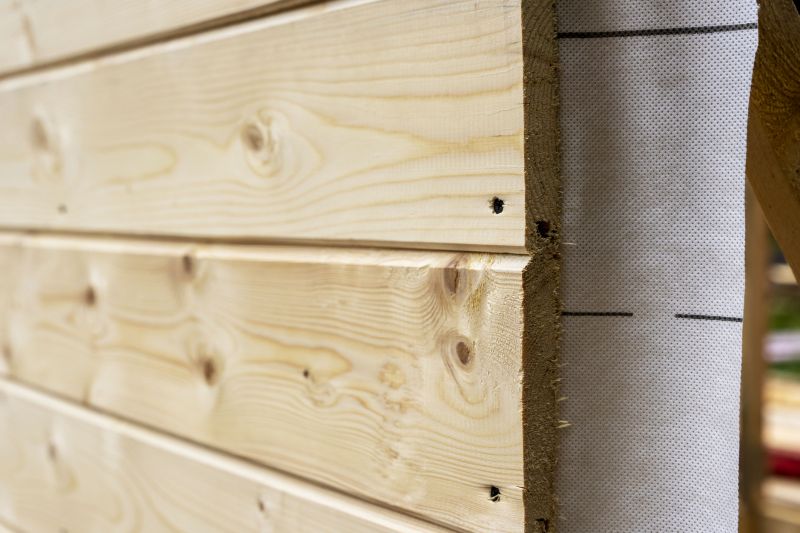
High-end options that actually feel worth it for Wooden Cladding Replacements.

Finishes and colors that play nicely with Wooden Cladding Replacements.

Little measurements that prevent headaches on Wooden Cladding Replacements day.
| Season | Advantages |
|---|---|
| Spring | Mild temperatures and lower humidity facilitate installation. |
| Summer | Longer daylight hours and stable weather conditions. |
| Autumn | Prepares structure for winter, avoiding harsh weather. |
| Winter | Generally not recommended due to cold and moisture risks. |
Wooden cladding replacements involve removing existing panels and installing new materials to enhance the appearance and durability of building exteriors. Proper timing minimizes disruptions and ensures the materials perform as intended. Seasonal considerations impact the effectiveness of the installation process, with milder, drier periods offering the best conditions for success.
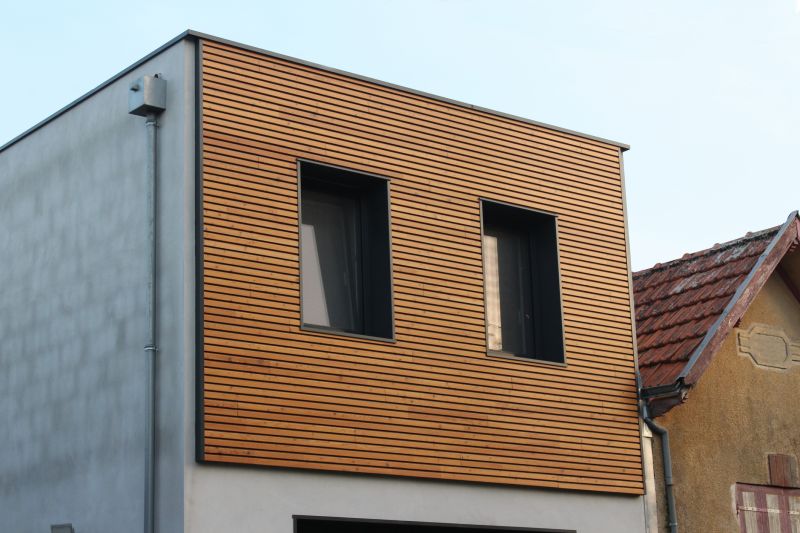
A 60-second routine that keeps Wooden Cladding Replacements looking new.
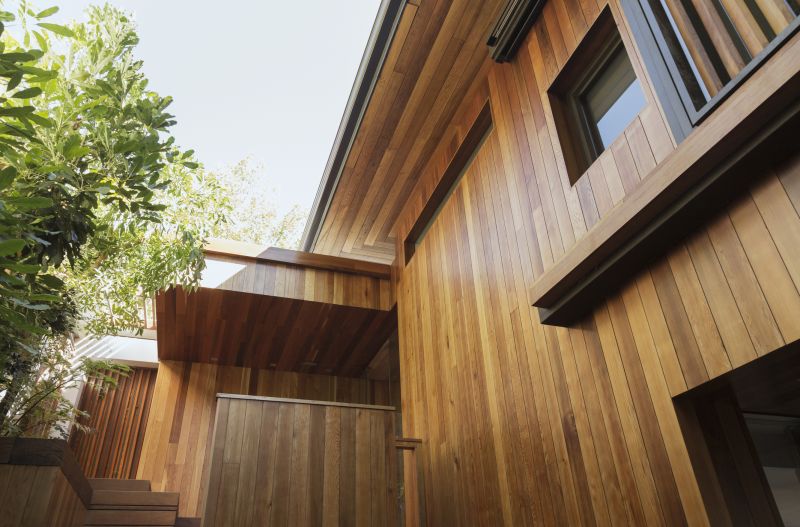
A frequent mistake in Wooden Cladding Replacements and how to dodge it.
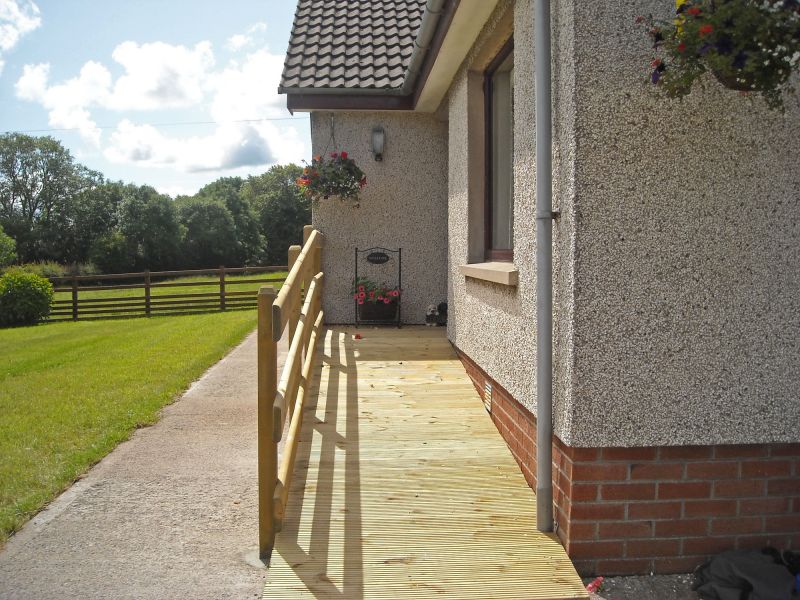
Small tweaks to make Wooden Cladding Replacements safer and easier to use.
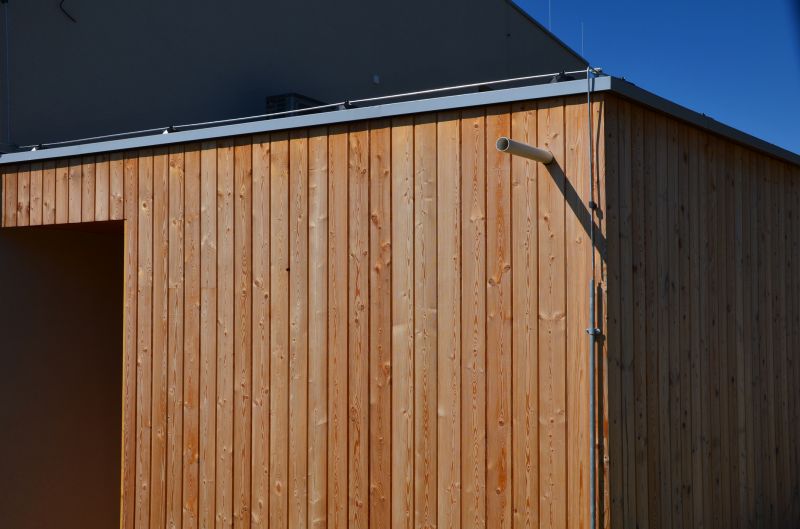
Lower-waste or water-saving choices for Wooden Cladding Replacements.

The short, realistic tool list for quality Wooden Cladding Replacements.
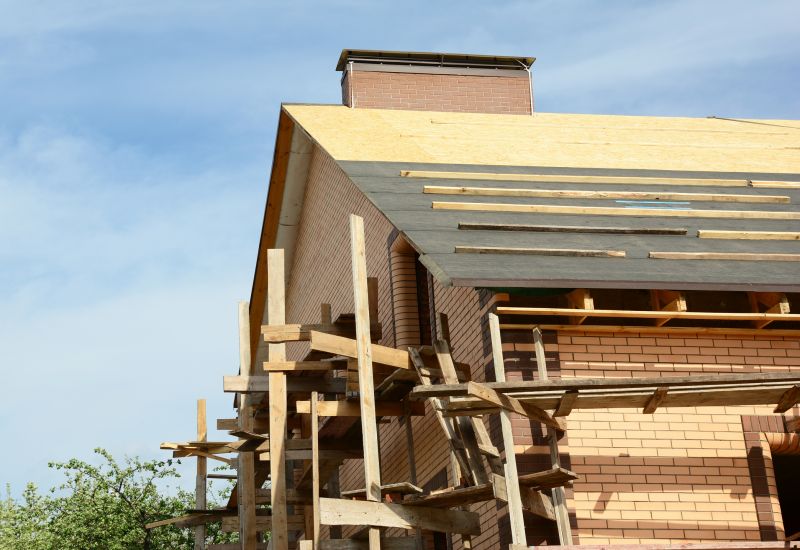
Rough timing from prep to clean-up for Wooden Cladding Replacements.
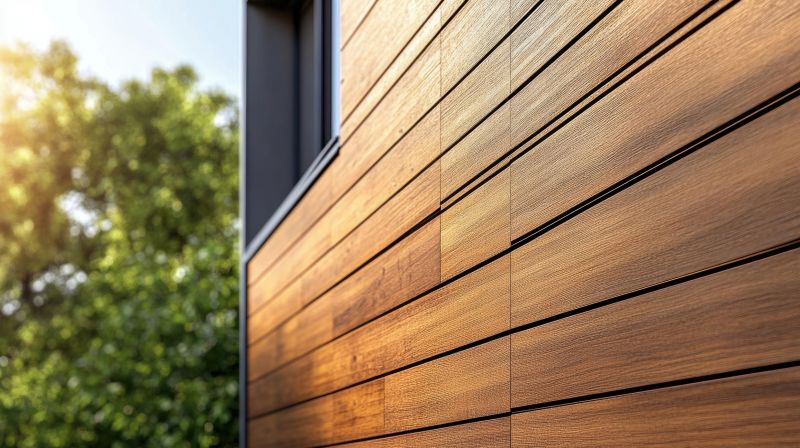
Quick checks and paperwork to keep after Wooden Cladding Replacements.
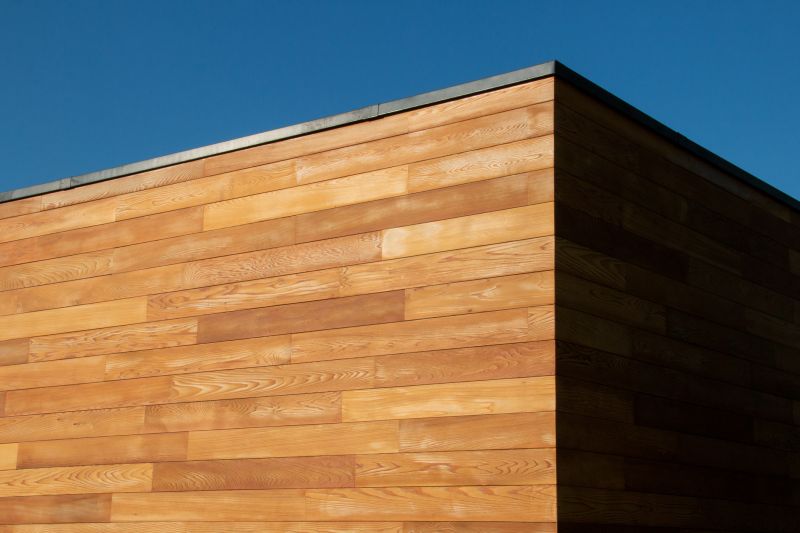
Examples that show the impact a good Wooden Cladding Replacements can make.
Interested in scheduling a wooden cladding replacement? Filling out the contact form can provide additional information and help plan the project during the most suitable season for optimal results.
